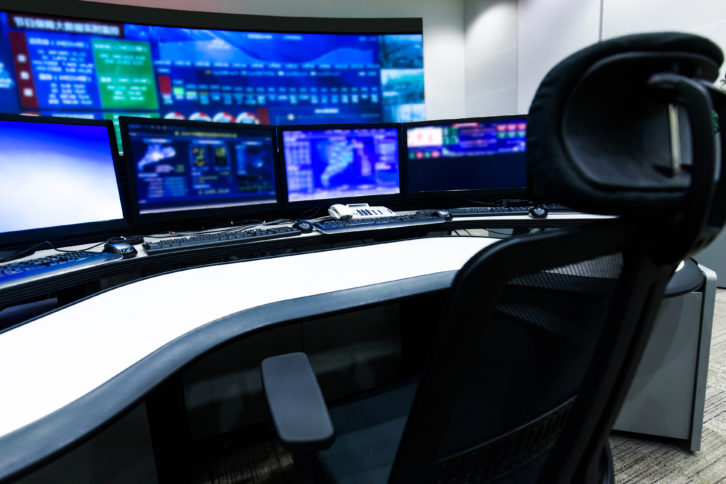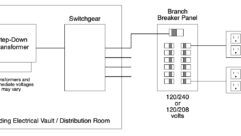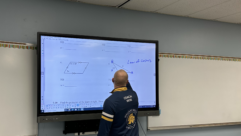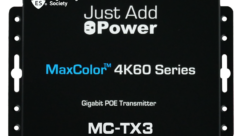
When the Chinese government established the Shenzhen Special Economic Zone in 1980 and made foreign investment possible, the area, which formerly consisted of several fishing villages, began its rapid rise. Just 60,000 residents once lived where 17.5 million people are now at home.
Shenzhen has become one of the world’s most important high-tech hubs. Here, all public transportation—buses, cabs, sky trains—are powered entirely by electricity. Shenzhen is a pioneer among major Chinese cities in terms of power supply and wants to be known as a green city. The radical conversion to electric propulsion is unique in the world.
More than three million households are supplied with electricity around the clock. The Shenzhen Power Supply Bureau has been responsible for this enormous task for over 40 years. More than 242 substations of 110 kVA are spread over the entire city area; the cumulative annual power supply is about 81 TWh. Shenzhen’s transmission lines spread across 4,621 km, roughly the same distance as between Moscow and Lisbon.
GuangZhou WeiDian Information Technology Co., Ltd., an experienced technical integrator, carried out the extensive upgrade of the existing KVM architecture in order to modernize conference rooms, power distribution centers, and control rooms.
Usability played a key role since the workstations were to become much more comfortable and, most importantly, quieter. One of the main challenges was to separate the control room staff from the extremely noisy, technical environment. KVM systems from G&D made it possible to switch and operate a large number of machines remotely in real time.
The main control room has space for about ten employees. They monitor and control the remote computer technology, consisting of more than 500 powerful computers, around the clock. Therefore, all servers were moved to a technical area and connected to 20 G&D KVM matrix systems. KVM peripheral modules extend and make computer signals available at the workstations in the control rooms. In addition, a multilevel top-down cascade ensures that additional servers can be integrated into the system. As a key advantage of this solution, all computer sources are now connected to a G& D matrix switch, extending the signals to the consoles. This allows employees to access all required computer technology from any controller station. The implemented IP-Control-API connects computer sources to projection media and mobile touch panels using a network. Thus, each computer can access the desired large screen projection and operator screens—independent of location.
The control room workstations are equipped with several monitors, each of which is integrated into a different computer constellation. To make the dispatchers’ work more pleasant, the TradeSwitch function has been integrated. It combines several console modules to a logical console, which can be operated with one keyboard and one mouse. The keyboard/ mouse focus can be changed via hotkey and switched to the desired computer source. The integrated push-get function lets employees share the contents of their screens with their co-workers to collaborate. Users can move the screen contents of a target to—or get it from—the display of another console or a big screen.










